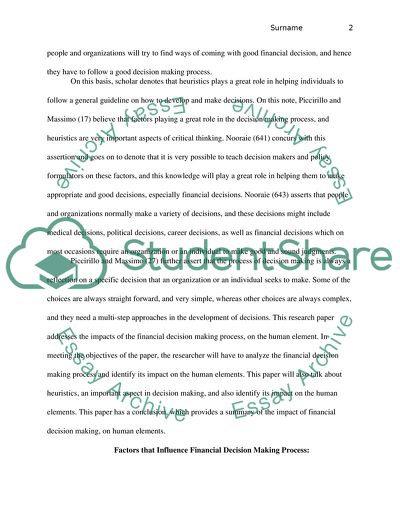Cite this document
(The impacts on the financial decision process of human elements Essay, n.d.)
The impacts on the financial decision process of human elements Essay. https://studentshare.org/finance-accounting/1826602-the-impacts-on-the-financial-decision-process-of-human-elements
The impacts on the financial decision process of human elements Essay. https://studentshare.org/finance-accounting/1826602-the-impacts-on-the-financial-decision-process-of-human-elements
(The Impacts on the Financial Decision Process of Human Elements Essay)
The Impacts on the Financial Decision Process of Human Elements Essay. https://studentshare.org/finance-accounting/1826602-the-impacts-on-the-financial-decision-process-of-human-elements.
The Impacts on the Financial Decision Process of Human Elements Essay. https://studentshare.org/finance-accounting/1826602-the-impacts-on-the-financial-decision-process-of-human-elements.
“The Impacts on the Financial Decision Process of Human Elements Essay”. https://studentshare.org/finance-accounting/1826602-the-impacts-on-the-financial-decision-process-of-human-elements.


